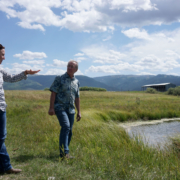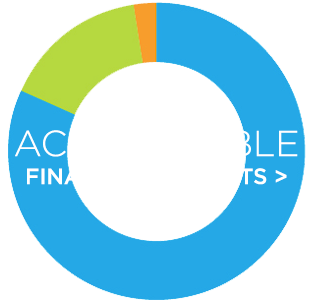Teton Regional Land Trust celebrates 30 years
By Julia Tellman, Teton Valley News
(August 19, 2020) The Teton Regional Land Trust, founded in August of 1990, now oversees 36,400 acres of land in conservation easements split among 132 landowners in its six-county eastern Idaho service area (with some spill-over into neighboring states). But Michael Whitfield, a founding member of the nonprofit who also served as executive director for 17 years, remembers closing on the very first easement.
It took almost five years.
“Land trusts were not a well-known concept back then,” Whitfield said. “I went to a presentation in Jackson put on by the High Country News in ’88 and it was the first I’d heard of land trusts.”
At the turn of the decade, there was a real estate boom and the valley was in the throes of land use planning controversy (some things never change). Whitfield and other community members held sessions at which people defined the qualities that made Teton Valley special. The Teton River and its surrounding wetlands and tributaries were at the top of the list. The TRLT started small, originally known as the Teton Valley Land Trust.
“Landowners were pretty apprehensive about easements,” Whitfield remembered. “It’s a huge commitment to leave that legacy in place forever.”
Finally, in January of 1995, TRLT signed an easement on a piece of property on Teton Creek, the culmination of “many deliberate and intense conversations over a kitchen table,” as Whitfield put it.
“Sometimes we’d engage with a family for ten years before they decided on that path,” he continued. “Then they’d become ambassadors for conservation easements—people would watch them to see how it went.”
Whitfield said that building those life-long relationships has been his favorite part about the land trust. He remembers visiting property along the Snake River, making exciting waterfowl discoveries on easements, and giving farmers the guarantee that their land would never be developed.
The land trust’s earliest easements were all donated, meaning the owners protected the land in exchange for tax incentives. Now in the majority of projects, the land trust buys the development rights or buys the land outright.
“It’s always incentive-based,” explained current TRLT executive director Joselin Matkins. “We’re not asking people to give their greatest asset away just for the public good.”
As the number of properties overseen by TRLT increases, the organization splits its time and resources between pursuing new land and maintaining existing projects.
“We find that it usually takes us twice as much time and energy as we expect to ensure landowners are meeting the terms of their perpetual contract,” Matkins said.
While Whitfield and Matkins don’t view any one project as the pinnacle of TRLT’s accomplishments, they both feel that the Six Springs Ranch, where the land trust office is located, is representative of the bigger picture of Teton Valley conservation. The ranch, a collection of three easements, encompasses pasture that the nonprofit leases for grazing, several Teton River tributaries, rich wildlife habitat, and one of the most productive cutthroat trout spawning areas in the valley.
“I’m always amazed that over half the river corridor and its wetlands are protected, through 70 different owners,” Matkins said. “That speaks to the landscape-scale impact on the protection of a resource, and to the founders’ focus on the most important resources in the region.”
In addition to its work in Teton Valley, TRLT also has projects all along the South Fork and Henry’s Fork of the Snake River and in Island Park. Future regional projects include the Tex Creek area east of Idaho Falls and the High Divide west of Island Park. Both of those areas are essential winter range for ungulates and key to maintaining the connectivity of the Greater Yellowstone Ecosystem.
“We’re sitting in one of the largest intact ecosystems left in the world, and we need to strike that balance and have a functional landscape with a whole suite of species still living here, and pass on the legacy of this iconic place,” Matkins said.
This August to celebrate the 30th anniversary, TRLT had hoped to hold a Taste of the Tetons, a popular culinary event that began in 1997, but that celebration will have to be postponed until next year. Instead, TRLT will hold a week-long virtual event starting on Aug. 21, with a series of special volunteer and land steward awards as well as videos featuring stories from landowners. The week will culminate on Aug. 27 with an online auction and keynote speech from Mark Elsbree of the Conservation Fund.
Every year the TRLT gives the Ed Hill Conservation Award to a person or group that has made a significant conservation impact, and this year’s recipients are landowners.
“It’s a way to acknowledge that incredible vision and commitment to maintaining the integrity of the landscape, working lands, and wildlife habitat,” Matkins said.
It’s not only the landowners who support TRLT; Matkins said she’s always amazed by the people who don’t own land but make donations because they value the mission and the agency and nonprofit partners who join forces to effect change.
“It’s really meaningful to me how people come together to protect land. We work with so many people with different backgrounds and views, but a love of the land is a shared value that transcends short-term differences,” she said.



